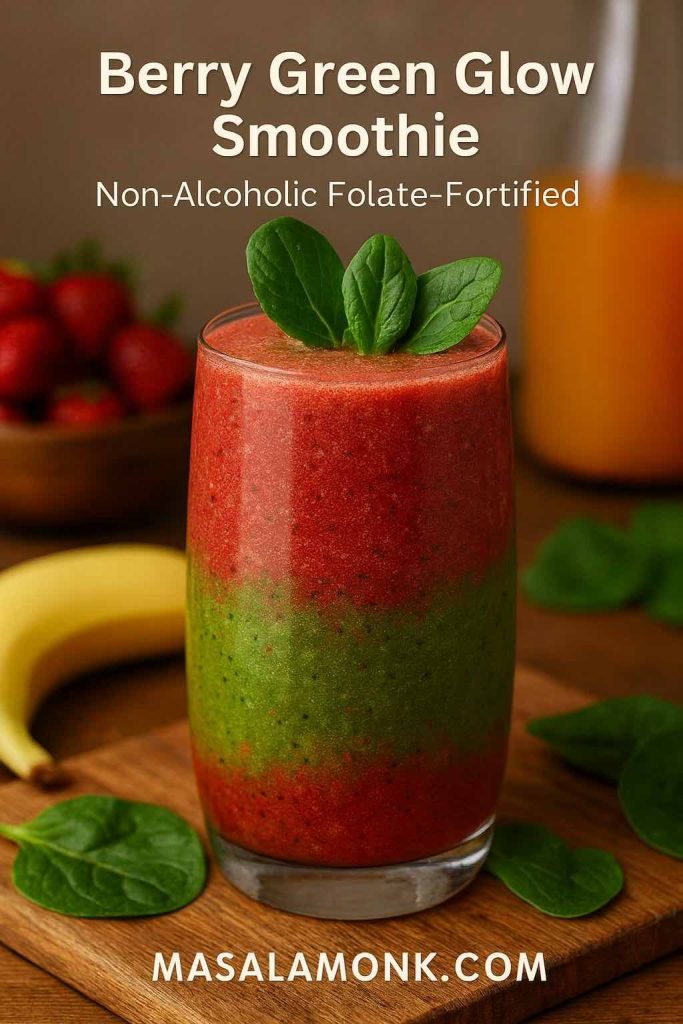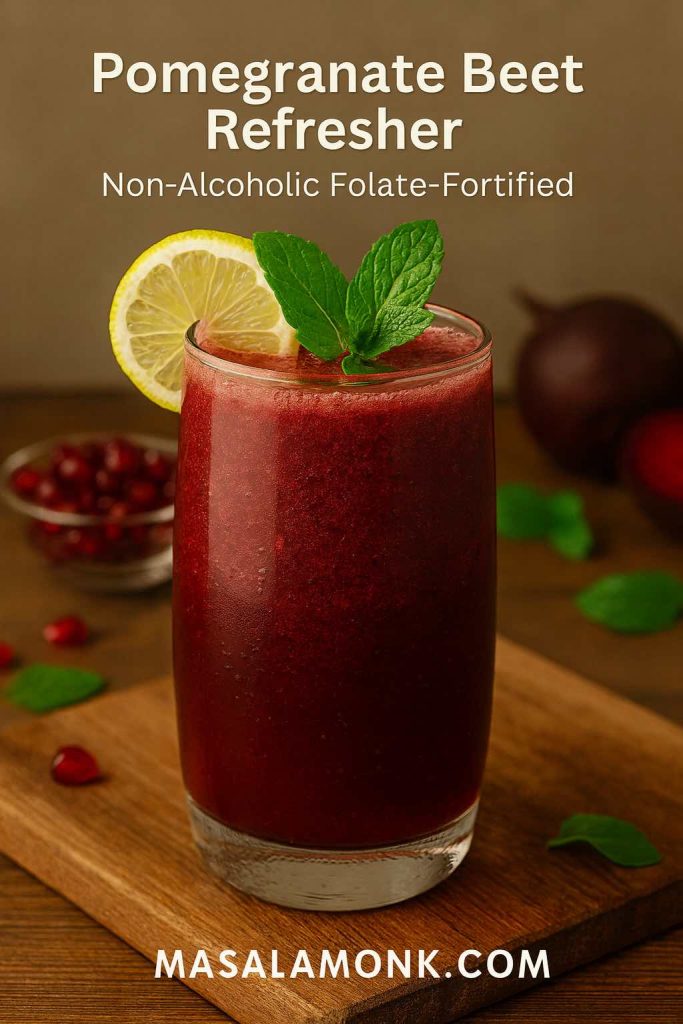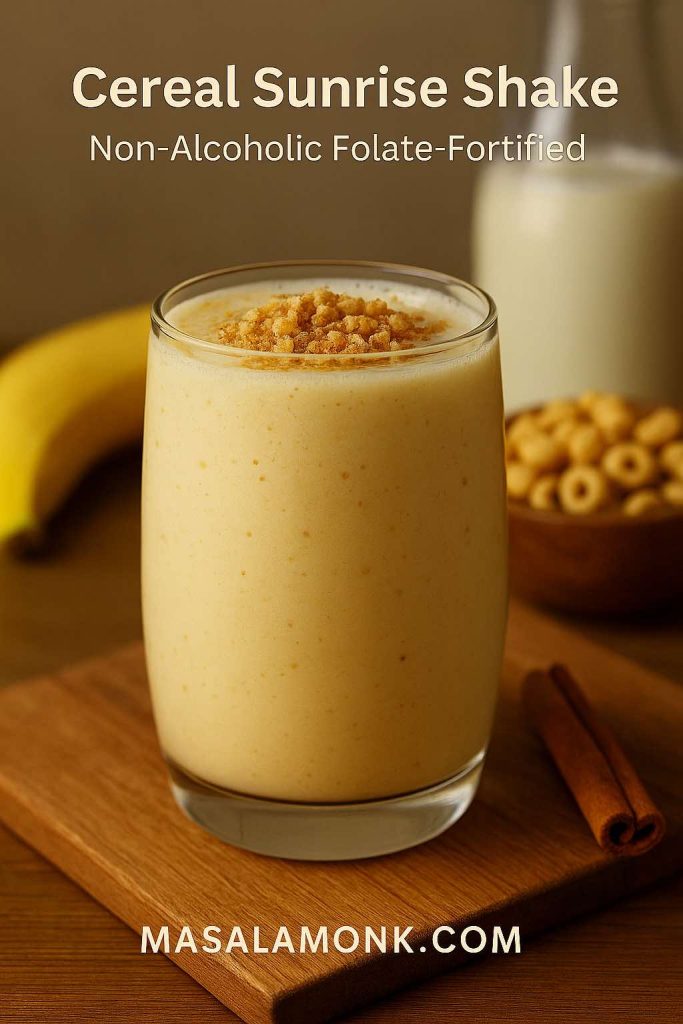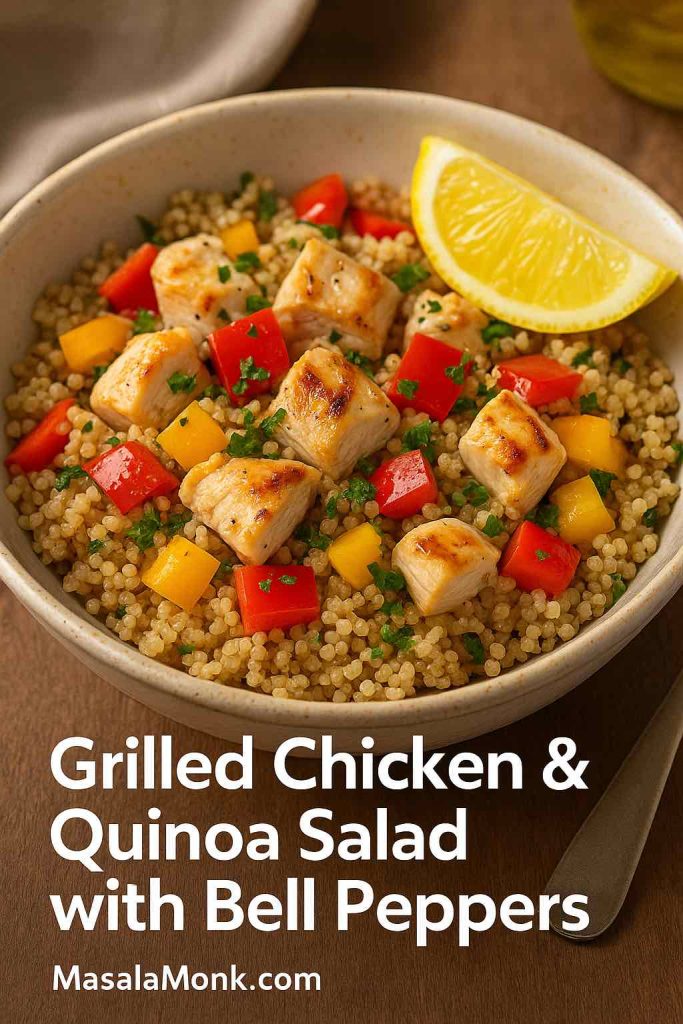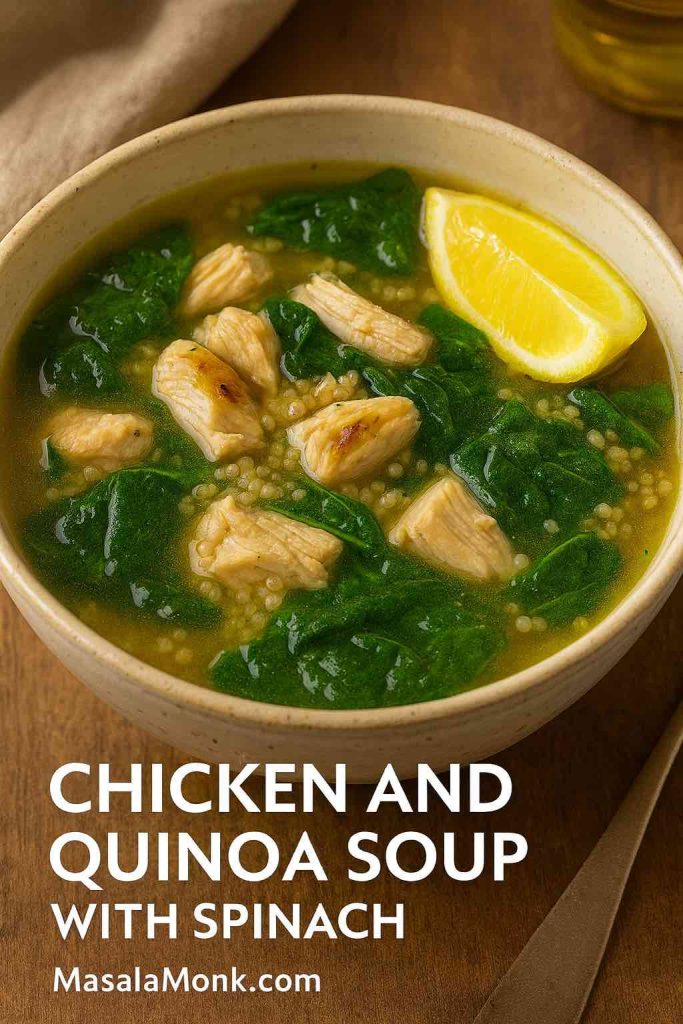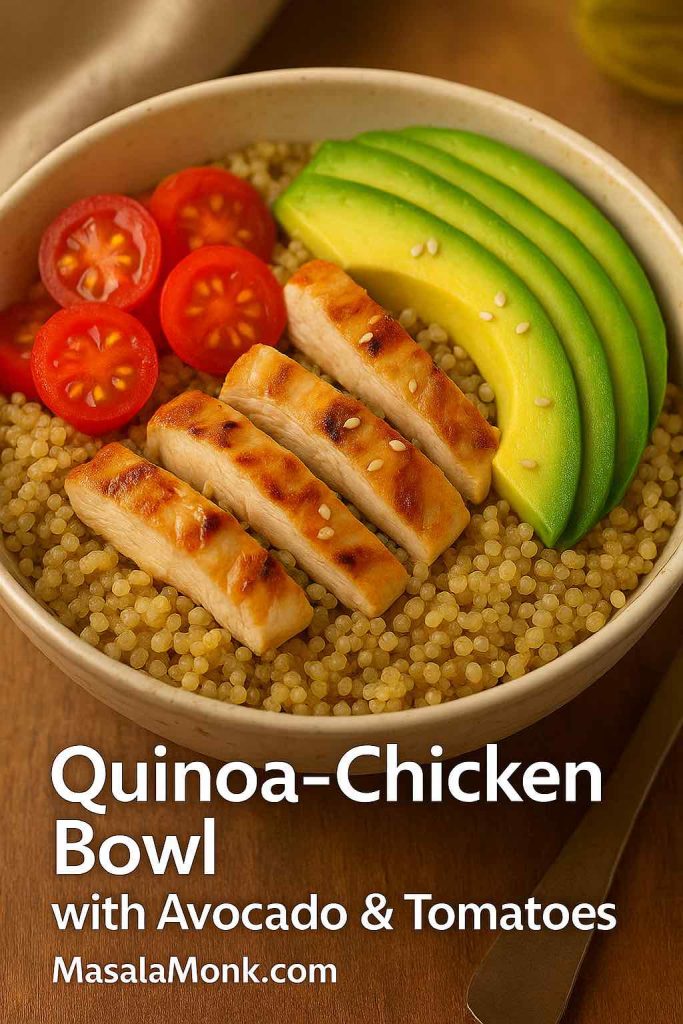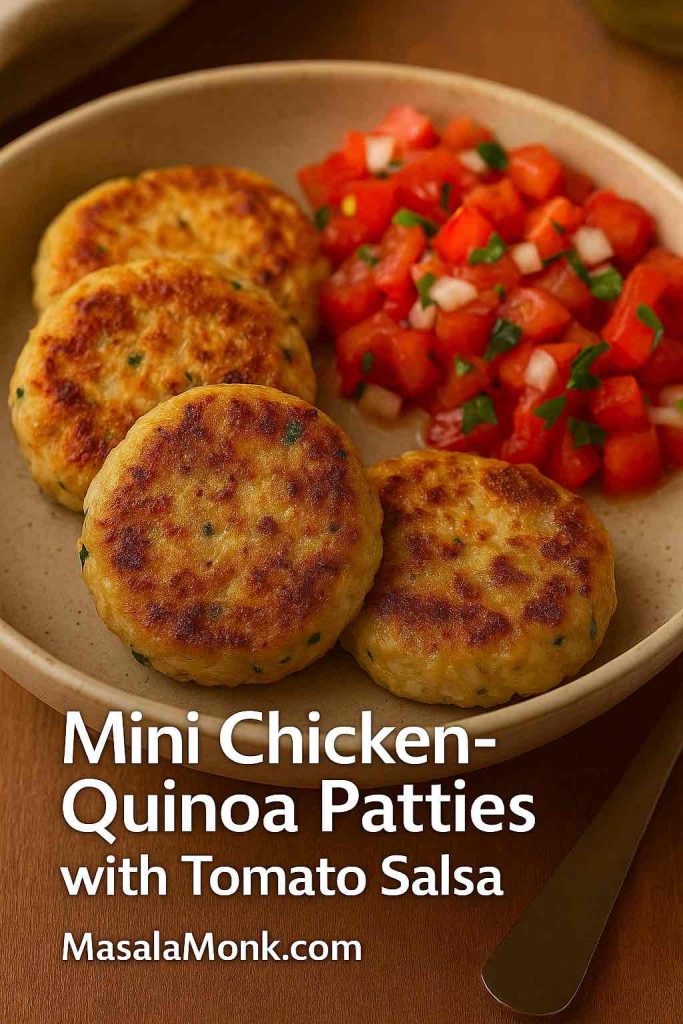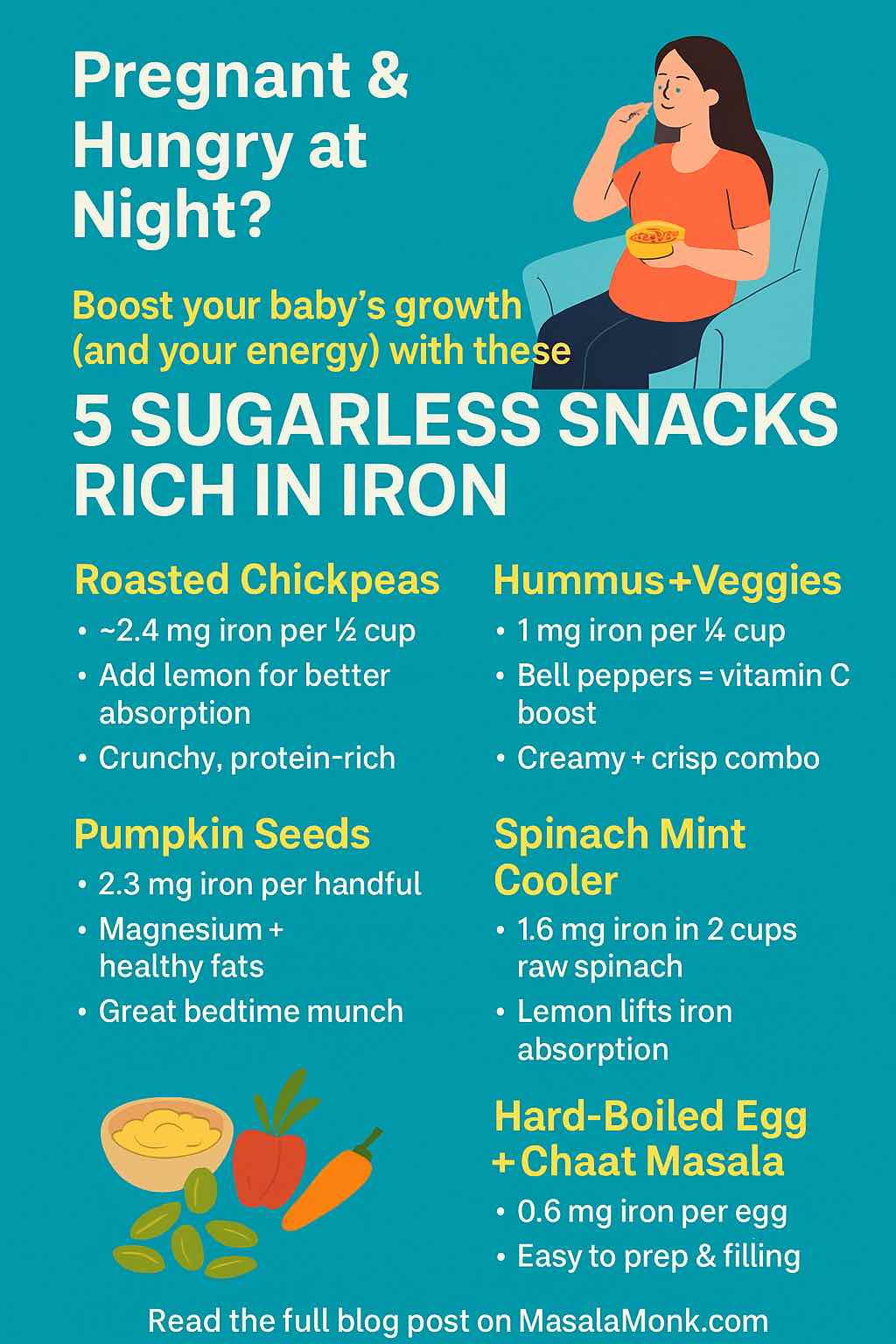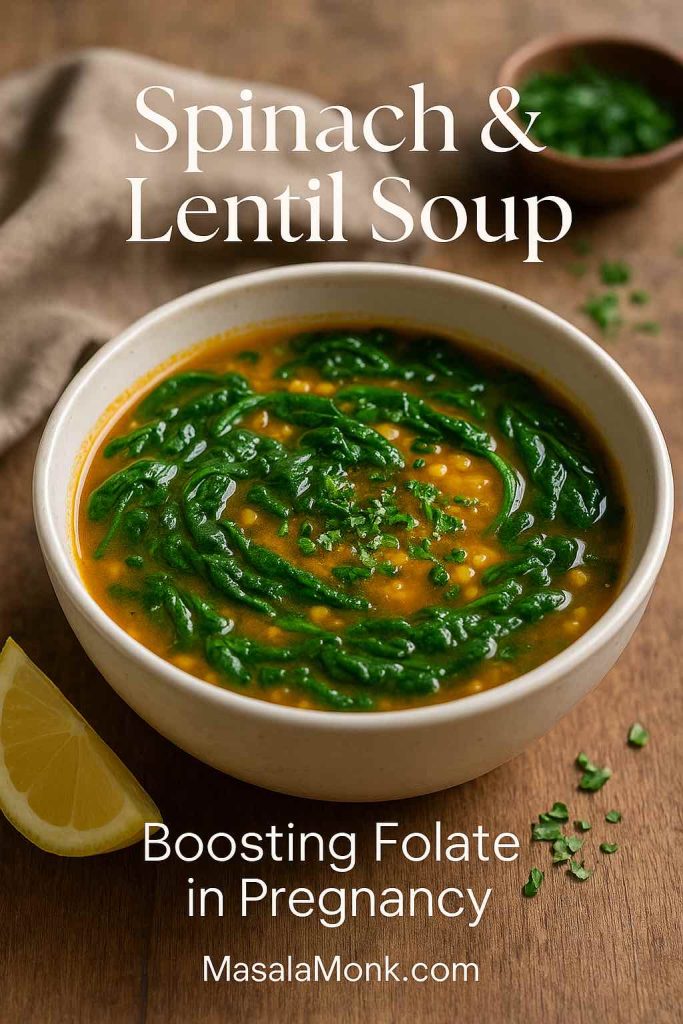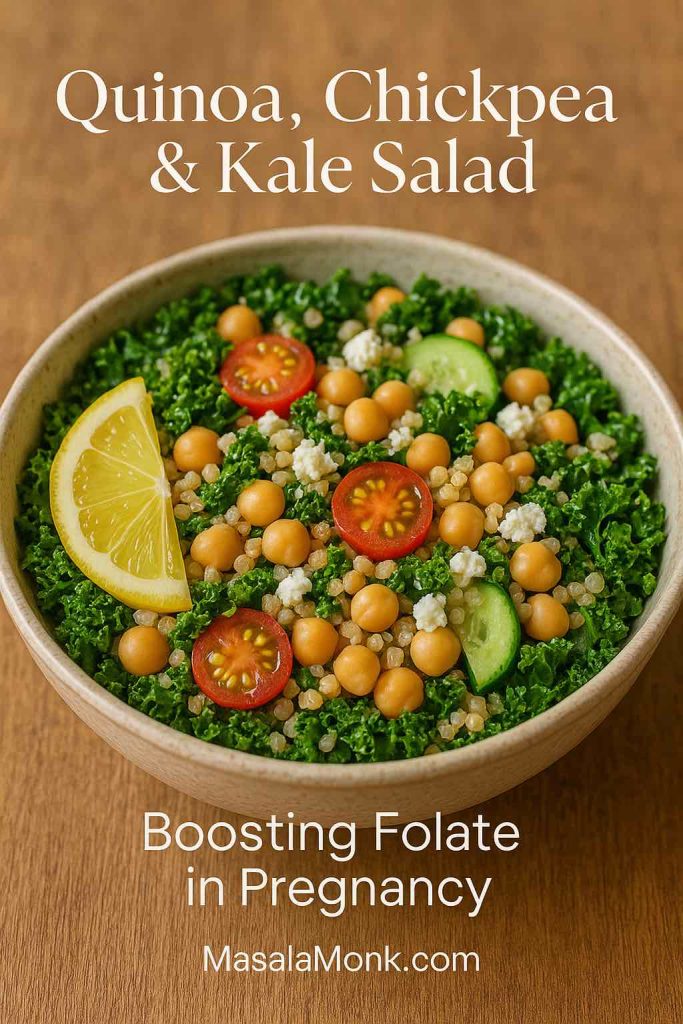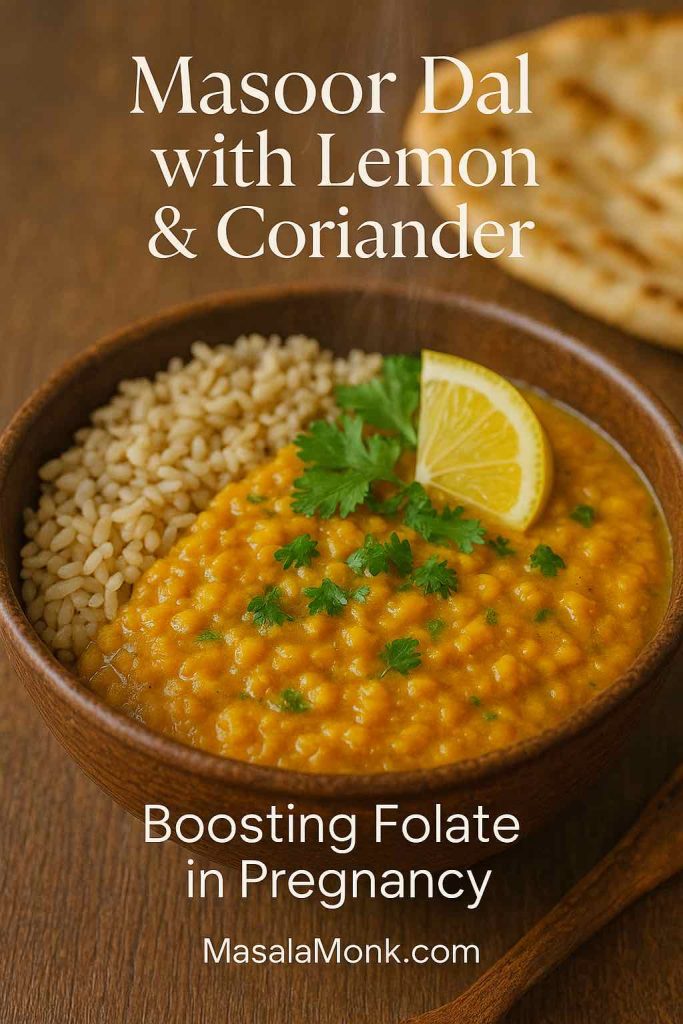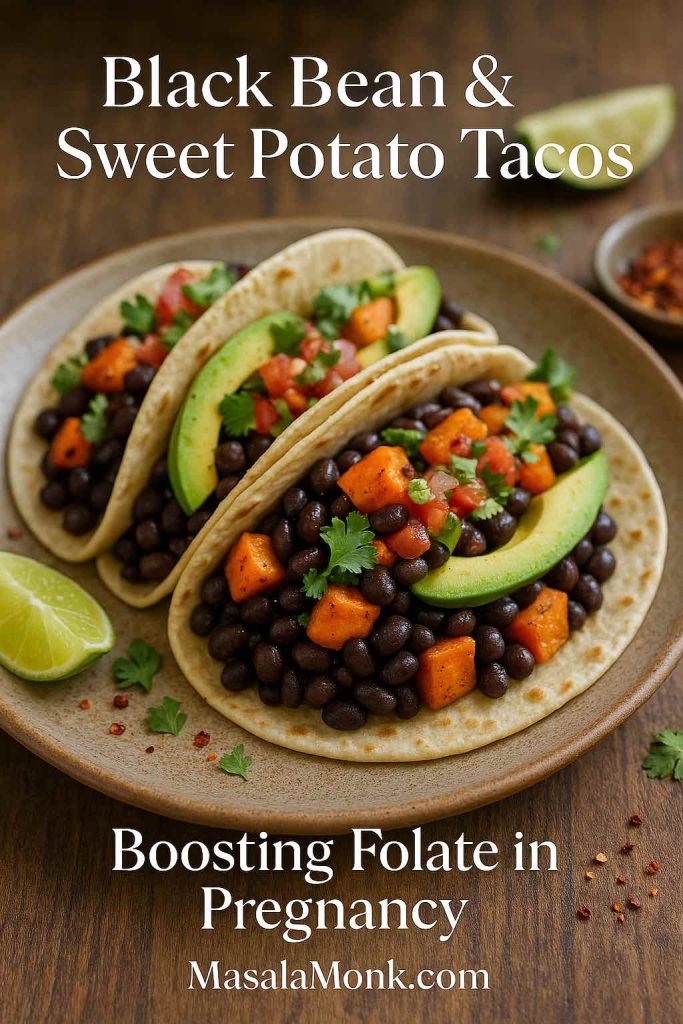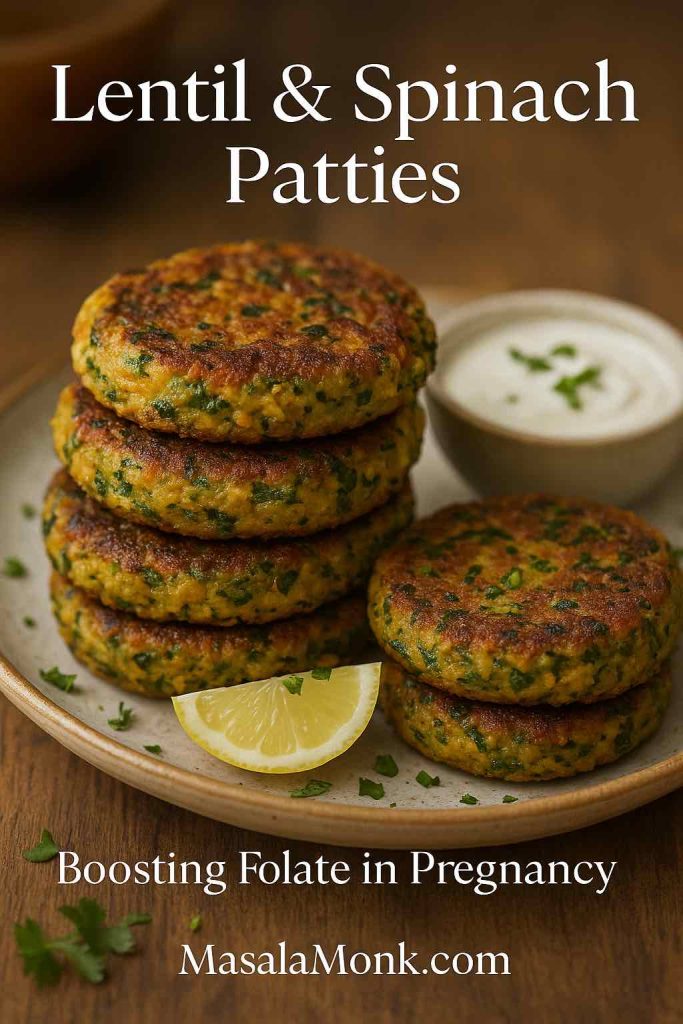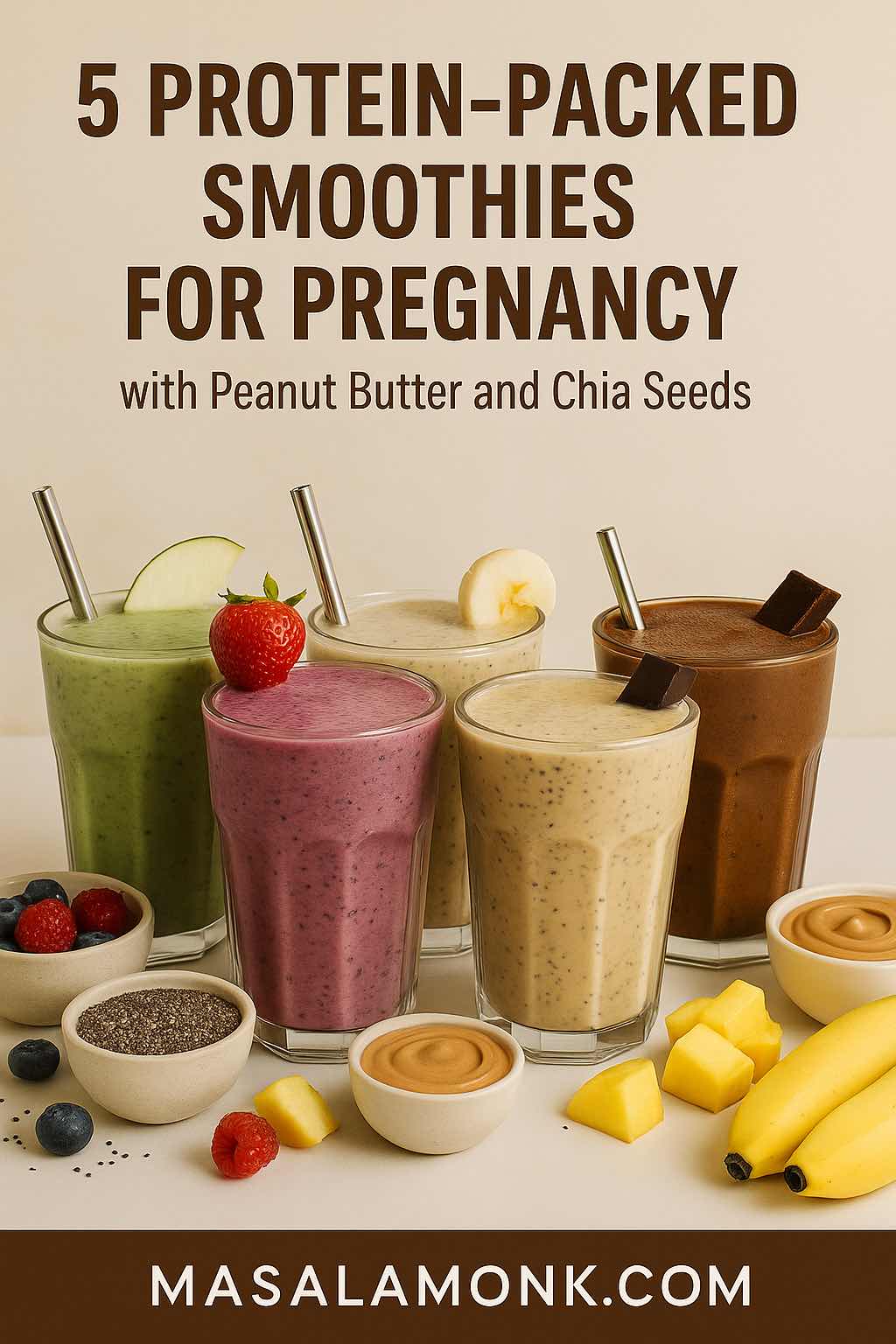
Pregnancy changes everything—your body, your energy, your cravings, and especially the way you think about food.
Some days, you wake up with a burst of appetite and could eat a whole breakfast platter; other days, the thought of cooking makes you want to curl back under the blanket.
That’s why smoothies are such a blessing. They’re quick, they’re gentle on the stomach, and—if you build them right—they can deliver the exact nutrients you and your growing baby need.
And when it comes to pregnancy-friendly smoothie powerhouses, peanut butter and chia seeds are a match made in mama heaven.
Why Peanut Butter & Chia Seeds Are the Dynamic Duo
Peanut butter brings healthy fats, plant protein, and folate, which help support your baby’s brain and spinal development. It’s creamy, satisfying, and a reliable source of energy on days when your meals are scattered or your appetite is unpredictable.
Chia seeds, on the other hand, are tiny but mighty: they’re loaded with omega-3 fatty acids (for your baby’s brain), fiber (to help with the oh-so-common pregnancy constipation), calcium, and antioxidants. Soaked in liquid, they transform into a gentle gel that adds body to your drink and helps you feel fuller for longer.
Also Read: Folate-Fortified Drinks for Pregnancy: 5 Non-Alcoholic Mocktails
Together, they give your smoothie staying power, turning it into more than a quick snack—it becomes a real, balanced mini-meal.
1. Classic Peanut Butter Chia Smoothie
Imagine the comfort of a banana milkshake, but one that nourishes instead of weighing you down.
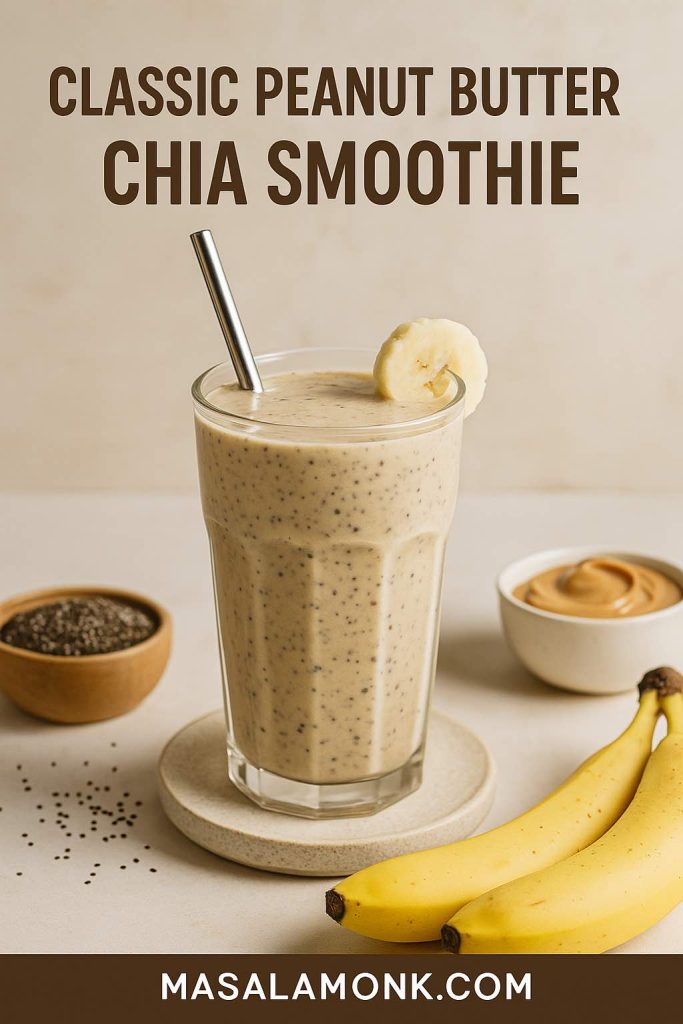
What you’ll need:
- 2 tbsp natural peanut butter (unsweetened, pasteurized)
- 1 tbsp chia seeds, soaked in water for at least 10 minutes
- 1 ripe banana (fresh or frozen)
- 1 cup almond or oat milk
- 1 tsp honey or maple syrup (optional)
How to make it extra good: Use a frozen banana for a thicker, creamier texture—almost like soft-serve. If mornings are rushed, soak the chia seeds overnight in the fridge so they’re ready to blend in seconds.
A real mom’s tweak: One reader told me she cuts the peanut butter to 1 tbsp and adds ½ cup Greek yogurt instead. “It’s creamier, tangier, and lighter on the fat,” she said. “Plus, I sneak in extra protein without noticing.”
Also Read: 5 Sugar-Free, Protein-Packed Snacks for Your Pregnancy Nights
2. Berry Nutty Chia Delight
Some mornings call for brightness. That’s when berries come in—bursts of sweetness and tang that feel like a little celebration in a glass.
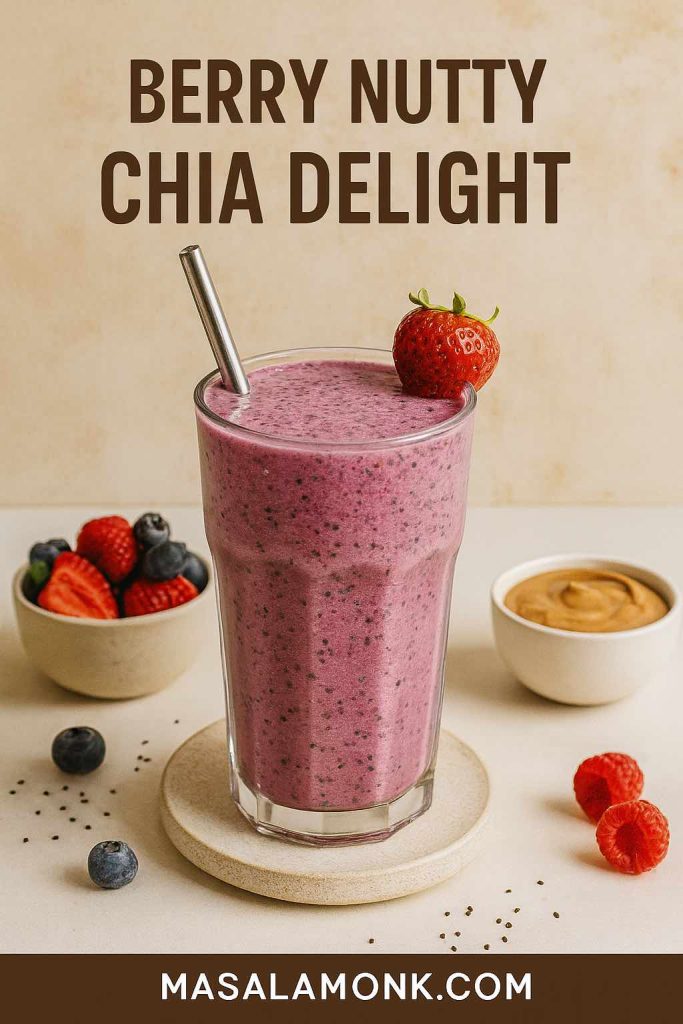
You’ll need:
- 1 cup mixed berries (blueberries, raspberries, strawberries—fresh or frozen)
- 2 tbsp peanut butter
- 1 tbsp chia seeds (pre-soaked)
- 1 cup Greek yogurt
- ½ cup water or milk
Why it’s special: Berries are rich in vitamin C, which helps your body absorb iron from other foods, and their antioxidants keep your immune system strong. Greek yogurt gives this smoothie a thicker, spoon-able feel—perfect if you want to top it with a few extra berries or a sprinkle of granola.
From the community: A second-trimester mom wrote, “I make this mid-morning and it powers me through to lunch. It’s like eating dessert, only my OB would actually approve.”
Also Read: 5 Folate Rich Salads for Pregnant Women with Kale, Quinoa, and Beets
3. Chocolate Peanut Butter Dream
Sometimes you want to be healthy and indulge—because pregnancy hormones don’t care about your meal plan.
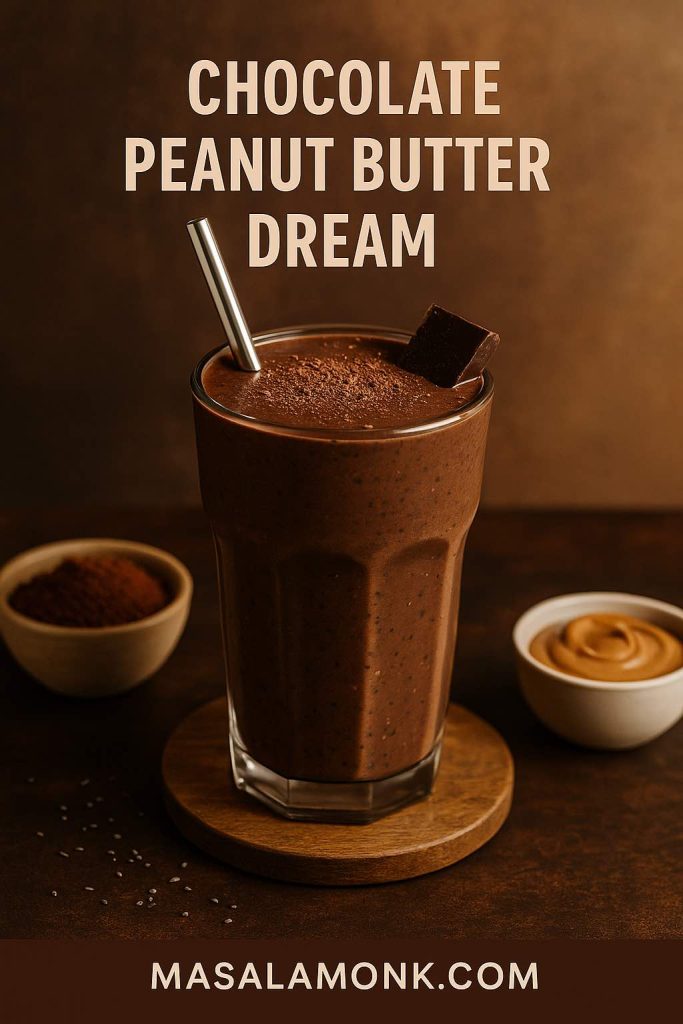
Ingredients:
- 1½ tbsp peanut butter
- 1 tbsp chia seeds (soaked)
- 1 tbsp cocoa powder (unsweetened)
- 1 ripe banana
- 1 cup milk (any variety)
The magic: Cocoa powder adds richness and flavonoids that support heart health. Pair that with peanut butter’s protein, and you’ve got a treat that won’t spike and crash your blood sugar.
Texture tip: If you’ve ever been put off by chia’s gel-like feel, blend it a little longer or grind your chia seeds dry before soaking—they’ll blend in seamlessly, leaving only creaminess behind.
Also Read: Nutrition for Pregnancy: 5 Omega-Rich Chia and Avocado Meals
4. Green Protein Machine
This is the smoothie that turns “I’m not a green drink person” skeptics into believers.
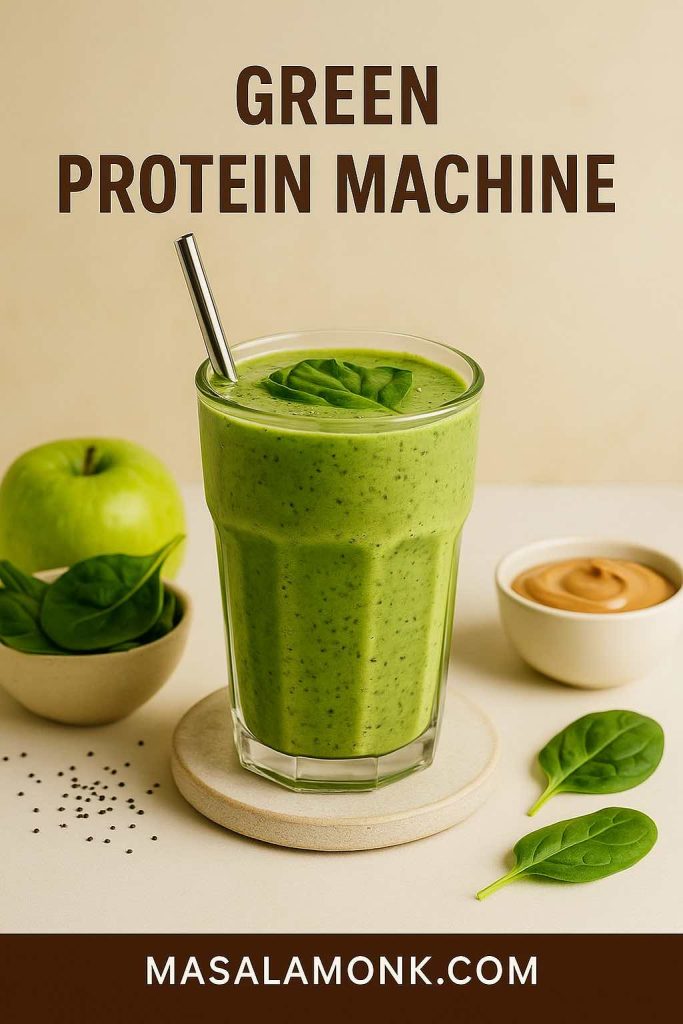
You’ll need:
- 1 cup fresh spinach leaves
- 2 tbsp peanut butter
- 1 tbsp chia seeds (soaked)
- 1 green apple, cored and chopped
- 1 cup coconut water
Why it works: Spinach is high in folate and iron—two pregnancy essentials. Coconut water keeps you hydrated while adding a gentle sweetness. The peanut butter softens the “green” taste so it’s fresh but never grassy.
Make it a meal: Add 2 tbsp oats before blending for more staying power and slow-release energy.
Also Read: Citrus Fruits During Pregnancy: A Trimester-by-Trimester Guide
5. Tropical Peanut Paradise
Think of this as a mini vacation you can drink. Close your eyes, sip, and pretend you’re on a beach—without the sunscreen or the flight.
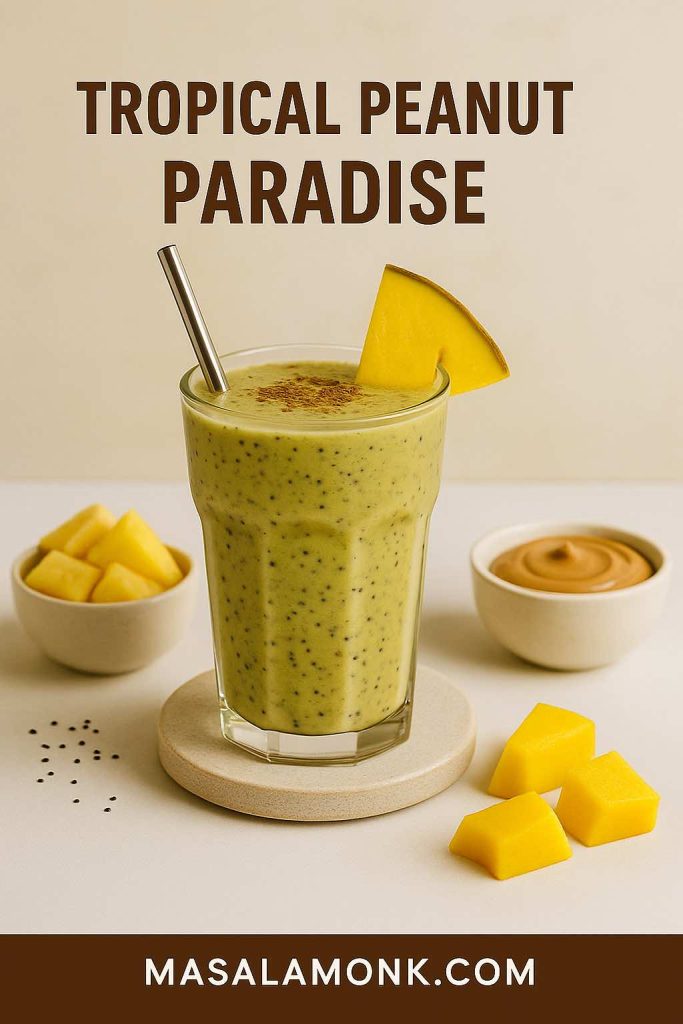
Ingredients:
- ½ cup mango chunks
- ½ cup pineapple chunks
- 2 tbsp peanut butter
- 1 tbsp chia seeds (soaked)
- 1 cup coconut milk
Benefits: Tropical fruits bring vitamin C and digestion-friendly enzymes, while coconut milk adds a decadent creaminess.
Real mom moment: A third-trimester reader called this “my glass of sunshine”—her go-to when morning sickness faded but fatigue still hit hard.
Also Read: 6 Benefits of Eating Mango During Pregnancy
Tips for Making the Most of Your Smoothie Time
- Soak your chia seeds ahead of time to prevent a gritty texture and make them easier on digestion.
- Hydrate along with your smoothie—chia’s fiber works best when paired with enough fluids.
- Freeze fruits in advance for convenience and natural creaminess (no ice needed).
- Switch up your nut butter—almond and cashew butters add variety and slightly different nutrient profiles.
- Taste as you go—pregnancy taste buds can change, so don’t be afraid to adjust sweetness or thickness to suit your day.
A Final Word from the Kitchen
Pregnancy isn’t about perfection—it’s about nourishment, balance, and kindness to yourself.
Some days you’ll make a green, antioxidant-rich masterpiece. Other days you’ll throw peanut butter, banana, and milk in the blender and call it breakfast. Both are okay.
The real win? You’re feeding both yourself and your baby in a way that’s delicious, practical, and joyful. And if you ask me, joy is just as important a nutrient as protein.
FAQs for “5 Protein-Packed Smoothies for Pregnancy with Peanut Butter and Chia Seeds”
1. Are peanut butter and chia seeds safe to eat during pregnancy?
Yes, for most women, both are safe and nutritious during pregnancy when eaten in moderation. Peanut butter provides protein and healthy fats, while chia seeds offer fiber, omega-3s, and minerals. If you have a history of nut allergies, consult your doctor before adding peanut butter.
2. Can these smoothies replace a meal during pregnancy?
They can serve as a light meal or a filling snack, especially if paired with other food groups during the day. Each smoothie contains protein, fiber, and healthy fats, but you should still aim for a balanced diet that includes a variety of foods.
3. How much chia seed is safe during pregnancy?
A general safe amount is about 1–2 tablespoons per day. Chia seeds absorb water, so always drink plenty of fluids alongside them to support digestion and avoid discomfort.
4. Can I make these smoothies dairy-free?
Absolutely! You can use plant-based milk such as almond, soy, oat, or coconut milk. Just make sure it’s fortified with calcium and vitamin D to support pregnancy needs.
5. Are these smoothies good for morning sickness?
Yes, many pregnant women find cold, creamy smoothies soothing during bouts of nausea. The fruit adds natural sweetness, and the protein can help keep blood sugar stable.
6. Can I prep these smoothies ahead of time?
Yes. You can pre-portion ingredients into freezer bags (minus liquids), then just blend with milk or yogurt when ready. Chia seeds can be soaked ahead for added creaminess.
7. Will these smoothies help with pregnancy fatigue?
They can! Peanut butter offers sustained energy from healthy fats and protein, while fruits provide natural sugars and vitamins. Chia seeds also help keep energy levels steady.
8. Are there any risks with peanut butter during pregnancy?
The main concern is allergies or eating unpasteurized nut butter, which can harbor bacteria. Always choose pasteurized, high-quality peanut butter and avoid products with added sugar or hydrogenated oils.
9. Can these smoothies support healthy weight gain during pregnancy?
Yes. They provide nutrient-dense calories, which can help you gain weight in a healthy way. Adjust portion sizes or add extra ingredients like oats or avocado if you need more calories.
10. Can I drink these smoothies postpartum while breastfeeding?
Absolutely! The nutrients in peanut butter, chia seeds, and fruits can support postpartum recovery and milk production, making them great beyond pregnancy too.



